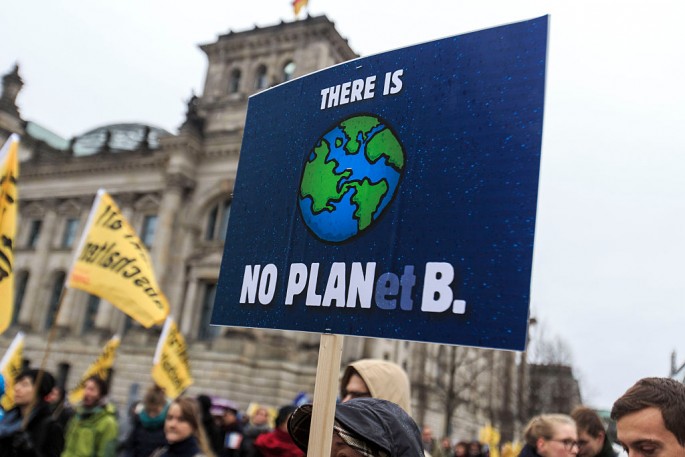Satellite technologies from different nations will be used in a coordinated monitoring system that will allow experts to check whether or not the international pledge done during the 2015 Paris climate conference can be achieved.
According to the AFP, heads of several space agencies agreed on the idea that the satellite technologies will be necessary for the development of a greenhouse emission monitoring system all over the world.
"The idea is to bring together all these ideas about satellite projects from different agencies" in order to measure methane and carbon emissions, according to National Space Studies Centre (CNES) President Jean-Yves Le Gall of France.
This was in relation to a pledge by leaders of 195 countries during the 21st session of the Conference of the Parties (COP) that launched a "global action plan to put the world on track to avoid dangerous climate change by limiting global warming to well below 2 degrees Celsius," as described in the Paris Agreement.
The Global Warming Threat
The warming climate and extreme weather conditions are just the tips of a massive iceberg compared to what lies ahead if people do not act toward capping global warming.
According to the National Geographic, the current effects of global warming include melting of the polar ice caps and as ice sheets in West Antarctica and Greenland, and Arctic sea ice, as well as a drop in the population of certain animal species like the Adélie penguins on Antarctica which saw decreased from 32,000 breeding pairs to the current 11,000 in just 30 years.
The sea level has also risen rapidly over the last century, while foxes, butterflies and alpine plants have moved to higher areas or farther north where the climate is cooler.
The average amount of snowfall and rain has also dramatically increased as a result of an increase in water vapor from the melted ice all over the world.
If the situation continues, even until later this century, the world will see an extreme change in ecosystems with some species nearing extinction; droughts and floods will become more common; storms and hurricanes will become more devastating; and the sea levels will rise to as much as 23 inches or 59 centimeters.
The Pledge
In order to mitigate emissions, participants during the Paris climate conference held on Nov. 30 to Dec. 11, 2015 agreed on a long-term goal of putting a cap on the global average temperature to "well below 2 degrees Celsius above pre-industrial levels" and limit the increase to just 1.5 degrees Celsius.
In order to check the approach to these goals, satellites from different countries that are capable of checking for greenhouse emissions will be used per an agreement between space agencies in India, France, Japan, China and the U.S.
Among the satellites already in orbit which are currently sending data back to Earth are Japan's GOSAT carbon satellite launched in 2009 and the U.S.'s OCO-2 satellites.
Meanwhile, France and China are currently working on their own MicroCarb and TanSat satellites, respectively, to join the data-gathering.



























